The be quiet! Straight Power 12 750W PSU Review: Proficient Platinum Power
by E. Fylladitakis on April 5, 2024 8:00 AM EST- Posted in
- Cases/Cooling/PSUs
- PSUs
- 750W
- be quiet!
- 80Plus Platinum
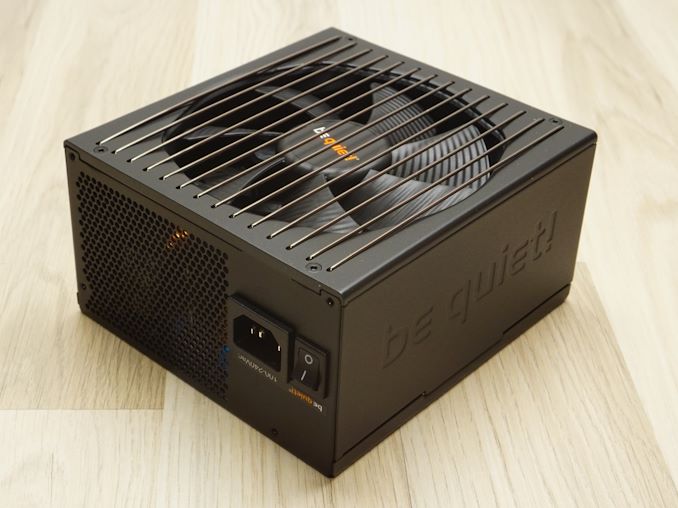
In the arena of PC components, Be quiet! is a name synonymous with excellence, known for its fusion of silent functionality and exceptional performance. The company's broad range of products, from high-end power supply units (PSUs) to sophisticated cases and cooling solutions, including both air and liquid options, is crafted with a keen eye on reducing noise while maximizing efficiency. Be quiet! has earned accolades for its dedication to achieving near-silent operation across its lineup, making it a preferred choice among those in the PC enthusiast community who seek a serene computing environment. The diversity of its offerings reflects a deep understanding of the needs of tech enthusiasts and professionals alike, with each product designed to offer a blend of low noise levels and high efficiency.
Today we're looking at he Be quiet! Straight Power 12 750W PSU, a high-tier offering in Be quiet!'s PSU portfolio that exemplifies the brand's approach to product design. The Straight Power 12 series is engineered to deliver top performance and whisper-quiet operation, appealing to users who seek the optimal mix of power efficiency and sound level, without compromising on reliability and premium quality. The 750 Watt model that we are reviewing today is the weakest unit of the series, yet still enough to effortlessly power a modern gaming system with a mid-tier GPU.
| Be Quiet! Straight Power 12 750W Power specifications ( Rated @ 50 °C ) |
|||||
| RAIL | +3.3V | +5V | +12V | +5Vsb | -12V |
| MAX OUTPUT | 25A | 25A | 62.5A | 3A | 0.3A |
| 130W | 750W | 15W | 3.6W | ||
| TOTAL | 750W | ||||
| 80PLUS RATING | Platinum | ||||
| AC INPUT | 100 - 240 VAC, 50 - 60 Hz | ||||
| MSRP | $140 | ||||
Packaging and Bundle
The Straight Power 12 750W PSU shows up in a sleek package that sticks to the classy all-black design be quiet! has us used to, with the PSU's snapshot taking center stage on the front. Inside the box, a nylon bag and foam inserts make sure the unit gets to you without a scratch. Information about the unit and its performance are printed on the sides and back of the box.
In keeping with Be quiet!'s focus on providing just what's necessary, the Straight Power 12 750W packaging contains all you need to get it up and running. Inside, you'll find a basic set of mounting screws, an AC power cable, and just a bit more to sweeten the deal - a detailed manual and some cable ties, as well as two cable straps that hold the two modular cable bundles together.
What sets the Straight Power 12 apart is the design of the modular cables themselves. It is a fully modular design that allows for the removal of every DC power cable, even the 24-pin ATX connector, which is common nowadays. However, the all-black cables are all nylon-sleeved for a uniform look, much unlike most of the competition that is trying to be rid of nylon sleeving and use ribbon-like cables instead.
| Be quiet! Straight Power 12 750W | ||
| Connector type | Hardwired | Modular |
| ATX 24 Pin | - | 1 |
| EPS 4+4 Pin | - | 1 |
| EPS 8 Pin | - | 1 |
| PCI-E 5.0 | - | 1 |
| PCI-E 8 Pin | - | 4 |
| SATA | - | 9 |
| Molex | - | 2 |
| Floppy | - | - |
The Be Quiet! Straight Power 12 750W PSU
External Appearance
The Be quiet! Straight Power 12 750W PSU is housed in a chassis that measures 86 mm × 150 mm × 160 mm (H × W × D), making it just a tad longer than the formal ATX PSU dimensions. It can fit into a wide variety of contemporary PC cases without a hitch, particularly those designed with high-performance parts in mind. The size is precisely chosen to accommodate its 135 mm cooling fan, ensuring efficient thermal management.
Be quiet! has dedicated attention to the exterior aesthetics of the Straight Power 12 750W, a detail that stands out for a product designed to deliver both quality and performance. The unit boasts a satin black finish, offering a refined look, with the company's logo elegantly embossed on the right side of the chassis. The design of the fan finger guard is distinctive, featuring a unique parallel wire construction that enhances the PSU's overall appearance. On the left side, there is a sticker displaying the electrical specifications and certifications, maintaining a balance between functionality and design sophistication, with the top side kept sleek and simple.
At the back, you'll find the usual on/off switch right beside the AC input, with the unit's front dominated by modular cable connectors, each labeled with a clear white legend for straightforward identification. Significantly, the Straight Power 12 750W features an ATX 3.0 PCI 5.0 600W (12VHPWR) connector, highlighting its compliance with the latest ATX 3.0 standards. This makes it a standout choice, especially given its power output, ready to support the newest, power-hungry GPUs, yet the system’s builder needs to be considerate regarding the balance of the system’s components – even though the Straight Power 12 750W PSU can theoretically power the most power-hungry GPU currently available, it cannot handle both that and a power-hungry CPU.
Internal Design
The Be quiet! Straight Power 12 750W PSU incorporates a cooling fan from their own prestigious lineup, the SilentWings 3 135mm, featuring an all-black design and a fluid dynamic bearing (FDB) engine for enhanced durability and efficiency. Opting for a slightly larger fan than the norm for PSUs, this model supports the unit's design ethos of superior cooling without compromising on noise. Despite its size, the fan is capable of reaching up to 1800 RPM, a high speed for a 135 mm fan and disproportionately powerful for a 750W unit.
The Straight Power 12 750W PSU is crafted by FSP, an Original Equipment Manufacturer (OEM) renowned for its significant presence in the power supply sector, catering to both mid- and top-tier markets. FSP holds a distinguished place among the elite PSU manufacturers, owing to its long history and substantial expertise in developing PC power supplies. Their reputation for producing high-quality and reliable units is well-established within the industry, marking them as a trusted name for both consumers and professionals seeking dependable power solutions.
The Straight Power 12 750W PSU incorporates fairly advanced but proven topologies, mixing performance with reliability. The unit is equipped with a slightly enhanced filtering stage featuring four Y capacitors, two X capacitors, and two substantial filtering inductors, leading up to a pair of standard rectifying bridges that can be found on their dedicated small heatsink. Its Active Power Factor Correction (APFC) circuitry is mounted on a large heatsink situated along the edge of the PCB. This section boasts two APFC MOSFETs (R6030KNX) and a diode, complemented by a filtering inductor wrapped in a plastic sleeve and two high-quality Rubycon capacitors (330 μF each).
For its inversion primary stage, the Straight Power 12 750W PSU utilizes a full-bridge LLC topology, a proven choice for high-performance power supplies. The four bridge MOSFETs are situated on the same long heatsink that also houses the APFC components. The secondary stage sees a slight departure from the norm with four MOSFETs at the rear of the PCB handling the synchronous rectification for the main 12V line. A typical vertical daughterboard houses the DC-to-DC conversion circuits for generating the 3.3V and 5V lines.
For the secondary side's capacitors, a blend of premium Rubycon and Nippon Chemi-Con components is used, signifying a commitment to top-tier quality and reliability. The choice of capacitors makes the Straight Power 12 an all-Japanese affair, as expected from a product of its class.


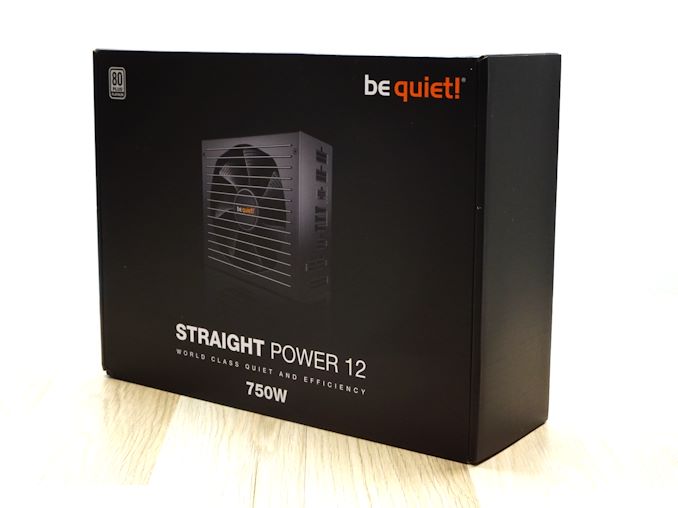

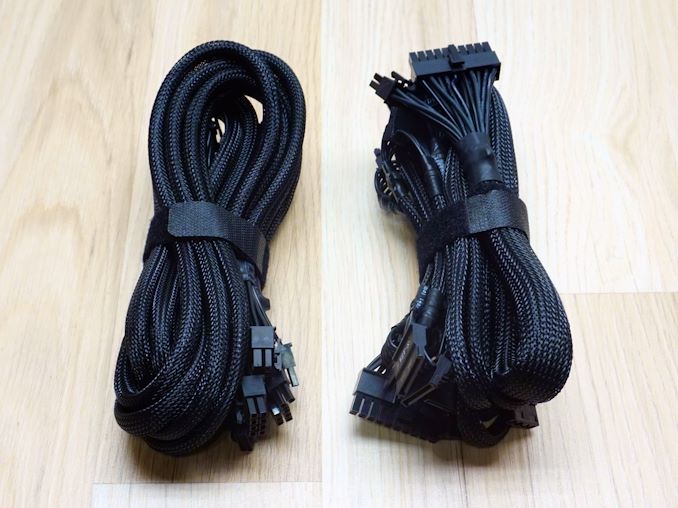

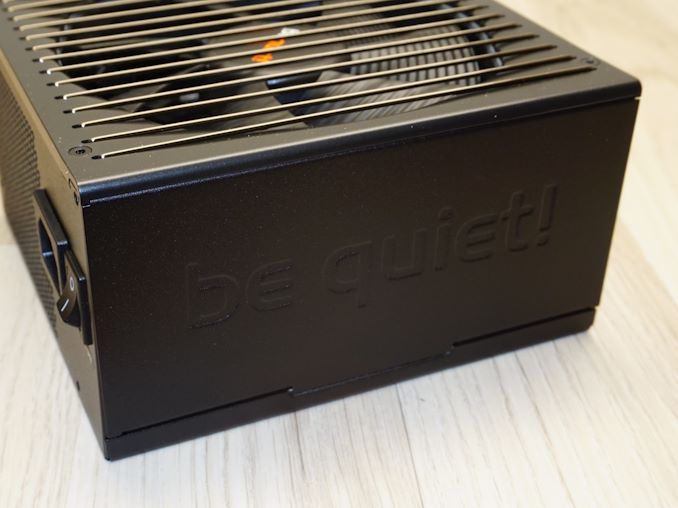

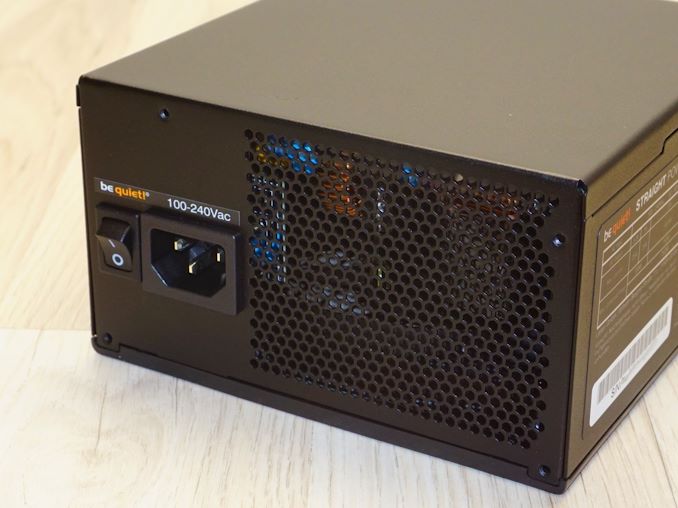
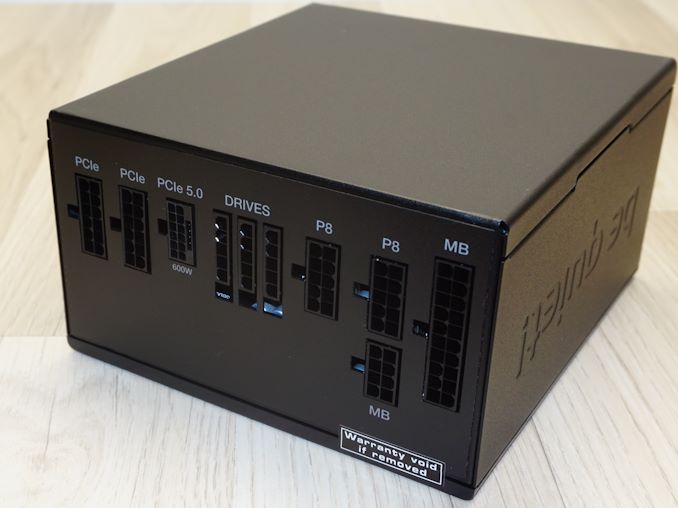

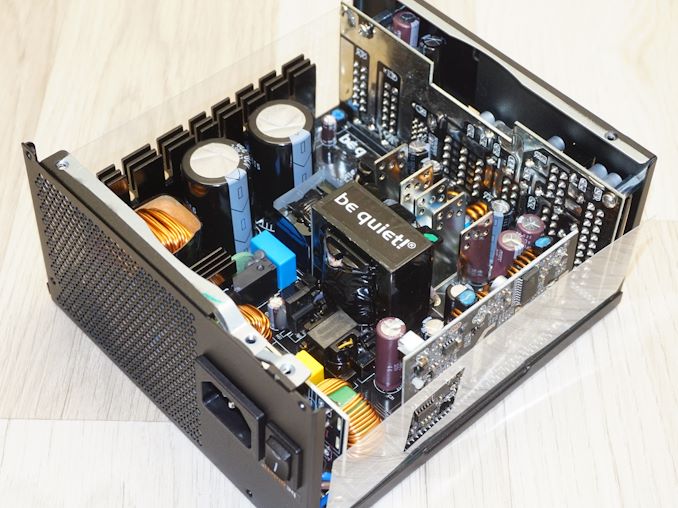

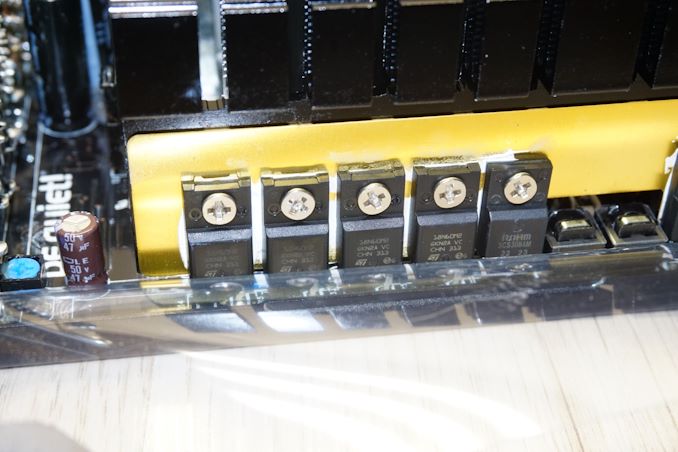
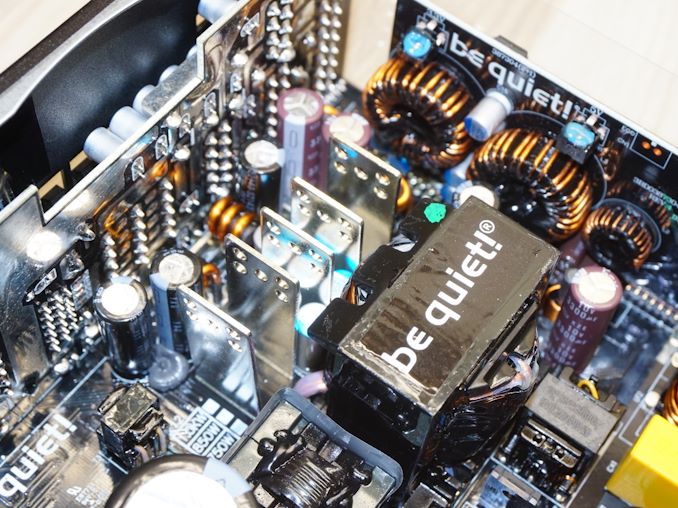









32 Comments
View All Comments
ballsystemlord - Wednesday, April 10, 2024 - link
I'll take you up on that. What exactly is holding AT back from being the most popular tech site on the Internet with the best scientific takes on all the HW that gets reviewed?PS: I did try to PM you in the forum, but that function appears to not be implemented and I don't have an email for you. Reply
Ryan Smith - Wednesday, April 10, 2024 - link
My email address is listed on my author page. Replyballsystemlord - Wednesday, April 10, 2024 - link
@Ryan , Going to the "about" page, we find a link: http://www.anandtech.com/Author/85 for you. Clicking it we get a list of articles you authored, no info about you is present.Maybe you could give me a hint as to where to find your author page? Reply
Ryan Smith - Thursday, April 11, 2024 - link
The link on my author page is titled "Email Ryan Smith" Replyballsystemlord - Friday, April 12, 2024 - link
I found it and sent an email. Replyballsystemlord - Tuesday, April 16, 2024 - link
Not to be a pest, but maybe you could respond to my email? Or did you not receive it? It's been 5 days. ReplyGeoffreyA - Wednesday, April 10, 2024 - link
Agreed. I think we all want to see AT back at the top, where it belongs. Threadbare, lesser sites are doing so well. Replyballsystemlord - Tuesday, April 9, 2024 - link
The comment section isn't what draws views. The content is. Or so I would think. Replywrkingclass_hero - Tuesday, April 16, 2024 - link
Let's be honest, Ryan just stopped reviewing GPUs. It was not like they weren't getting sent, the reviews just didn't come out. After like a year of delayed reviews, there was a fire which destroyed whatever work was or was not done on those missing reviews. It's understandable why GPUs would no longer be sent by manufacturers or purchased by the publisher.It's not like E. Fylladitakis is in a position to change the present fate or future direction of Anandtech, he's nobly continuing to produce the kind of articles that he always has. Reply
Oxford Guy - Monday, April 8, 2024 - link
'Despite this conservative approach to fan speed, the thermal control circuitry manages to keep internal temperatures surprisingly low, even at full load. This indicates high energy conversion efficiency paired with a somewhat oversized cooling system, designed to be capable of achieving top performance at minimal noise levels.'In other words, correct PSU design. Reply